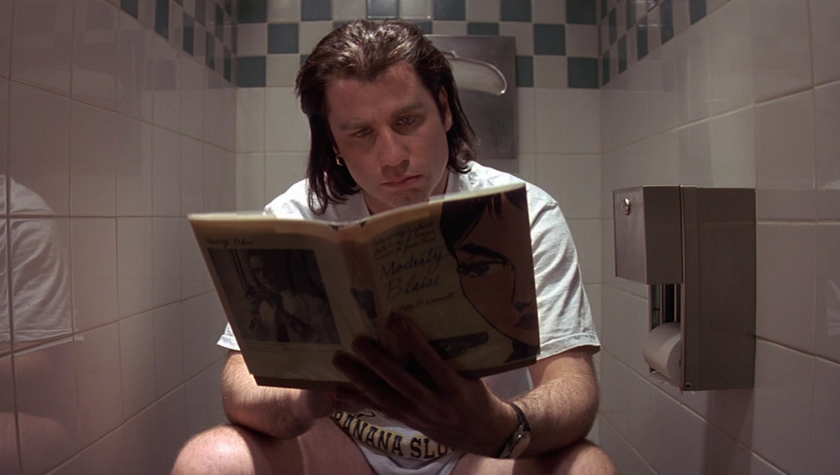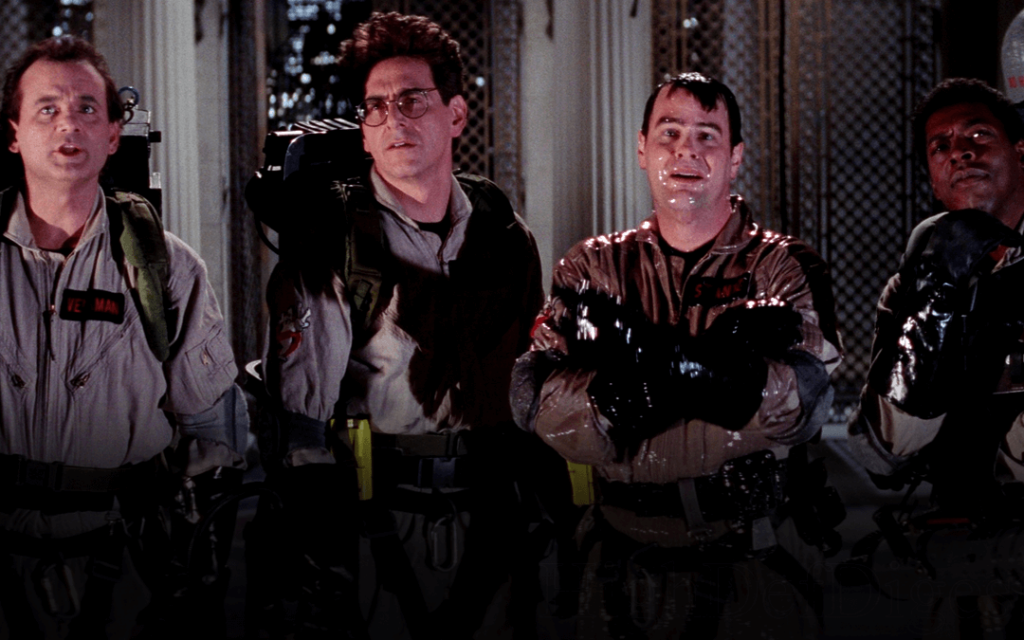Choosing and Introducing Your Focus Characters
April 7, 2016
Oftentimes the new screenwriter will populate their spec with numerous characters. But how many characters are too many?
It all depends on the type of story you’re telling. Who is this story about? It doesn’t matter if it’s a simple story or a complex story, it should always be clearly indicated who this story is about. In my article about through-lines , I explained placing emphasis on certain storylines or plot points throughout your script. These through-lines should focus on a single character or a group of characters. The more characters, the harder it’ll be to follow. Thus, for the new writer, it might be best to keep things as simple as possible. That’s why it’s important for you to separate the focus characters from the incidental characters. Managers, agents, producers, studio execs... They’re busy people and they’re bombarded with scripts constantly. If they start reading a spec that has several characters introduced in the first couple pages, and they don’t know who the story is about, it’s only reasonable for them to stop reading and move to the next script. One way to avoid this is by describing the focus character(s) in greater detail, make a bigger deal of their introduction, anything to distinguish them from the other characters.Think of how each major character is introduced in Star Wars: C-3PO and R2-D2 are introduced as their ship is hijacked by Imperial Stormtroopers; Darth Vader’s powerful entrance on the ship is followed by him choking a Rebel to death and throwing him across the room; the droids then take us to Princess Leia, who places the Death Star plans in R2; the droids escape the ship and take us to Luke Skywalker; Luke and the droids take us to Ben Kenobi; and finally Ben, Luke and the droids take us to Han Solo and Chewbacca. Each of these characters get a dynamic introduction, a moment that defines who they are:
The droids bickering on the starship;
Darth Vader’s entrance on the ship and choking the Rebel to death;
Leia placing the Death Star plans in R2 and getting taken prisoner by the Empire;
Luke living his life of quiet desperation on his uncle’s moisture farm;
Ben Kenobi scaring off the Tusken Raiders;
and Han Solo with one of the most notorious defining moments ever; fans still debate who shot first: Han or Greedo?
This technique can be applied to any genre, but only when writing a fantasy/adventure in the Tolkien vein should there be this many focus characters. Even if it’s a family drama, certain family members should get more focus than others. In The Godfather Vito, Michael and Sonny get more focus than Tom, Fredo and Connie. This is because the story’s main through-line is Vito passing the torch to his son Sonny and then, due to fate, Michael. Fredo is also Vito’s son and Connie is his daughter, but neither are eligible for the position (Fredo is a screwup and Connie is a woman in less progressive times). As such, they’re given less focus in the story.
This would also be applied to a crime or caper film. In Christopher Nolan’s Inception (essentially a caper film with a Sci-Fi hook), a team is slowly put together, but it’s clear from the start who the focus character is: Leonardo DiCaprio’s Cobb. And his goal of seeing his children again and coming to terms with his wife’s suicide is the film’s through-line. The supporting characters don’t get this level of focus or such stakes. In Quentin Tarantino's breakthrough film, Reservoir Dogs, several characters are introduced at the start, but it’s not long before Mr. White (Harvey Keitel) and Mr. Orange (Tim Roth) are singled out as the focus characters. It’s their story. Tarantino's followup, Pulp Fiction, is probably a template too complicated for a new writer, but if one was feeling ambitious they should note that even though there are numerous characters, the narrative is broken up into chapters, and each chapter has its focus characters: Vincent Vega and Mia Wallace; Butch Coolidge; Jules Winnfield and Vincent Vega once again.
Comedy specs also shouldn’t have too many characters. One of the things a new writer will often do is give the main character a lot of friends. Yeah, in real life, many of us have our fair share of friends. But there’s real life and then there’s real life in a film. There’s a reason why the “Best Friend” is a popular character in comedies. The Best Friend in a comedy takes the place of all our friends in real life. They’re the Swiss Army Knife of confidants, the sounding-board, the character our main character can continually talk to, get advice from, argue with, etc. It’s true that one of Judd Apatow’s trademarks is having a lot of friends and side characters the main character interacts with. But that’s because Apatow is part of a stand-up comedian community. As such, he populates his films with a lot of comedians, who improv, riff off each other, and, especially in the case of Seth Rogen and Paul Rudd in The 40-Year-Old Virgin, there are a lot of laughs to be had. The original script of The 40-Year-Old Virgin, written by Apatow and Steve Carell, is an entirely different animal. It’s tightly focused on Andy Stitzer and him overcoming his middle-aged virginity. It doesn’t have nearly as many comic digressions as the film. A script is a script. A film is a film. Unless you’re also directing your script and have a network of talented performers who are great with improvisation, it’s best to keep things tight and focussed on just a couple characters. Think of a poster for your average comedy: Usually it’s this character and that character. The odd couple formula is still very much alive in Hollywood. It’s just been updated and made a little raunchier.
Also take note that even an auteur like Wes Anderson might have branched out to films with an ensemble cast of characters (e.g. The Royal Tenenbaums, The Life Aquatic), but he first honed his writing skills with Bottle Rocket and Rushmore, which both had less characters and a tighter focus.
Less characters means more room for your focus characters. So decide who the focus characters are and then decide what supporting characters need to be in the script. If two or three characters are essentially fulfilling the same role, make them one character. It’s like the old adage says…
Less is more.
Written by: Edwin Cannistraci
Edwin Cannistraci is a professional screenwriter. His comedy specs PIERRE PIERRE and O’GUNN both sold with more than one A-list actor and director attached. In addition, he’s successfully pitched feature scripts, TV pilots and has landed various assignment jobs for Universal, Warner Bros, Paramount and Disney.



